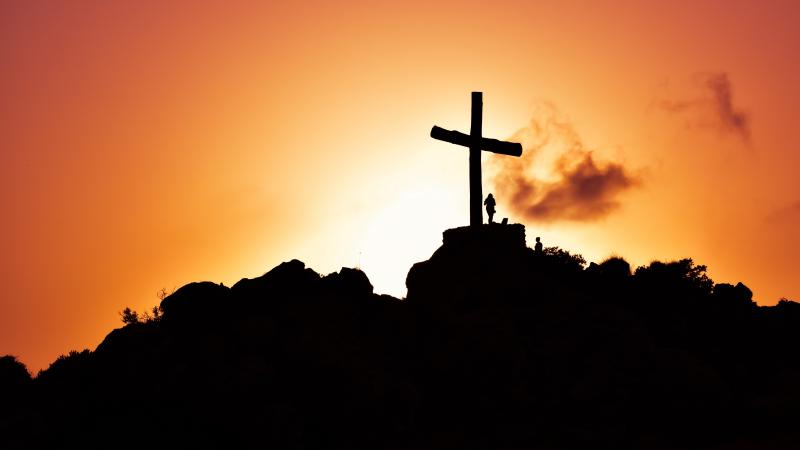What does Transfiguration mean?
Transfiguration is a unique personal experience when we are touched /graced by the Divine Presence and are deeply changed. It is a transforming and liberative moment for the one who undergoes it. Intimacy with God, justice for God’s people and love for humanity can prepare the ground for such gratuitous divine encounters. Jesus had many such experiences, but the one we celebrate on August 6 is the one Jesus had on Mount Tabor in the presence of His disciples: Peter, James and John.
What happened when Jesus was transfigured?
Jesus’ holiness is symbolized by light – “His face shone like the Sun and His clothes became dazzlingly white” (Mk.9:3). In other words, Jesus looked radiant, glowing and His countenance emitted a diverse, ineffable light. Moses and Elijah were talking with Him, and when Peter, overcome with awe, reacted by suggesting that they make three tents, a cloud overshadowed them and a voice declared, “This is my Son, the Beloved. Listen to Him” (Mk.9:8). This shows that God was “well pleased with Him”.
What happened after the transfiguration?
Moses and Elijah disappeared, the voice stopped and only the human, ordinary Jesus was visible. But he instructed them not to tell anyone what they had seen until after the Resurrection.
Why is Jesus’ Resurrection so very important?
Sunday is the day of the Resurrection and the day when God created everything in the universe, including human beings, who are in His own image and likeness. Given this context, the Transfiguration on Mount Tabor is extraordinarily special because it is an assurance that the first fruit of God’s new creation will be Christ’s Risen humanity, “the pledge of the final transfiguration of all created reality” (Laudato Sì 237).
How does God assure us about this “pledge of the final transfiguration of all created reality” today?
When we live total selflessness, listening intently, using Otto Scharmer’s Theory U, generative listening skills or Martin Buber’s Listening as Embracing the Other, we become one with God and all His creatures.
Moses symbolized the Law and the Covenant, while Elijah symbolized the Prophets. Moses and Elijah reassure Jesus that He has to fulfill the law and the prophecy. Jesus needed this reassurance because He was a man like us in all aspects except sin.
When we obey God’s Law and Covenant and listen to the Prophets He sends us, we experience glimpses of God’s majesty, which are often seen or revealed at transfigurative moments in our everyday lives, such as the halo after a good, authentic retreat or confession (Sacrament of Reconciliation); an “aha moment” upon seeing something of exquisite beauty in nature; the gentle touch of a compassionate, loving hand in a moment of great pain and sorrow; or even the ecstasy of love.
At such moments, our countenance glows from the encounter with the Divine. If the brilliance of an encounter with the Divine is already so great, how much more must the splendor and magnificence of God be?
Dr. (Sr) Mudita Menona Sodder RSCJ
Sophia College Campus, Mumbai
July 18, 2021
About the author: Dr. (Sr) Mudita Menona Sodder RSCJ has been the Co-ordinator of Justice, Peace and Integrity of Creation (JPIC) for her Province in India for the past ten years, and now promotes eco-spirituality as her full-time ministry.


